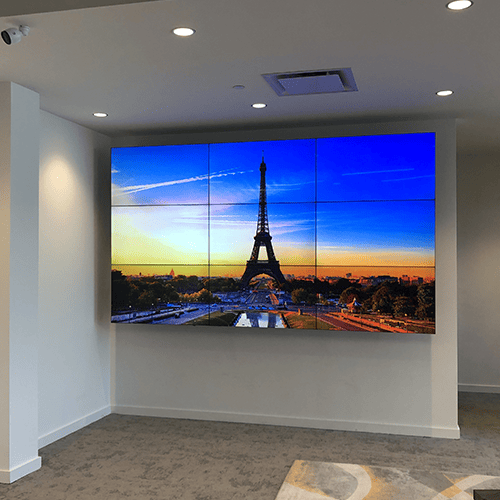Exploring the Diverse Integration Options Offered for Light Emitting Diode Wall Modules
Exploring the Diverse Integration Options Offered for Light Emitting Diode Wall Modules
Blog Article
Light Emitting Diode wall panels have gained traction for their capacity to deliver crisp imagery in multiple settings, from corporate environments to event venues. One of the most significant aspects of these panels is their connectivity options, which allow users to connect them to multiple devices and systems. Comprehending the broad input options supported for LED wall panels is essential for maximizing their use and effectiveness. This article explores these options, highlighting how they can cater to specific needs and preferences.
One frequent connection approach for LED wall panels is High-Definition Multimedia Interface. High-Definition Multimedia Interface is widely known for transmitting high-quality video and audio streams between devices. This interface type is particularly beneficial in commercial environments, such as conference rooms or classrooms, where visual content or video content are often shared. By using HDMI cables, users can easily connect laptops, projectors, and streaming equipment to LED wall panels, ensuring a sharp and dynamic display of information.
Another commonly used connectivity method is DisplayPort, which is similar to High-Definition Multimedia Interface but offers additional advantages. Display Port can support elevated refresh rates and resolutions, making it an excellent choice for interactive media or graphic-intensive applications. For those using Light Emitting Diode wall panels in settings where performance is essential, such as competitive gaming venues or design studios, DisplayPort can provide the required visual clarity. Additionally, many modern computers and graphics cards include DisplayPort connections, making it a convenient solution for tech-savvy users.
In addition to High-Definition Multimedia Interface and Display Port, wireless connectivity methods are becoming progressively prevalent in Light Emitting Diode wall panel technology. Cable-free interfaces allow users to transmit content without the requirement for physical cables, enabling a streamlined and more flexible setup. Platforms such as wireless internet and Bluetooth allow users to link smartphones, tablets, and laptops directly to LED wall panels without tangled wires. This versatility is especially beneficial in dynamic settings like exhibitions or live functions, where rapid changes to displays are often needed.
For larger deployments or more intricate configurations, network connectivity through Ethernet is another viable solution. Ethernet connections provide a stable and reliable way to integrate multiple Light Emitting Diode wall panels within a system. This setup is ideal for digital signage use cases found in retail centers or transport hubs, where numerous panels may need to display synchronized content across visite site a broad area. By using network cabling and routing hardware, users can ensure that all connected panels receive consistent data and content efficiently.
Lastly, it's important to evaluate the evolution of interface technology with advancements such as Universal Serial Bus-C and Thunderbolt 3. These newer connection types offer increased data transfer speeds and versatility by allowing one connector to handle both energy transfer and data exchange. As more systems incorporate these standards, LED wall panels equipped with USB-C ports will likely become more common. This evolution in connectivity not only enhances the capabilities of LED wall panels but also aligns with the growing trend of minimalism in hardware arrangements by minimizing the number of wires required.
In summary, examining the broad interface methods available for LED wall panels reveals many possibilities for operators across multiple learn about this here now industries. From conventional approaches like High-Definition Multimedia Interface and Display Port to contemporary cordless technologies and LAN setups, each pathway serves specific functions suited to distinct needs. Furthermore, next-gen technologies like Universal Serial Bus-C offer further developments in how professionals utilize Luminescent Diode wall panels. By grasping these integration choices, end-users can make strategic selections that optimize their overall engagement with these multifunctional visual solutions.